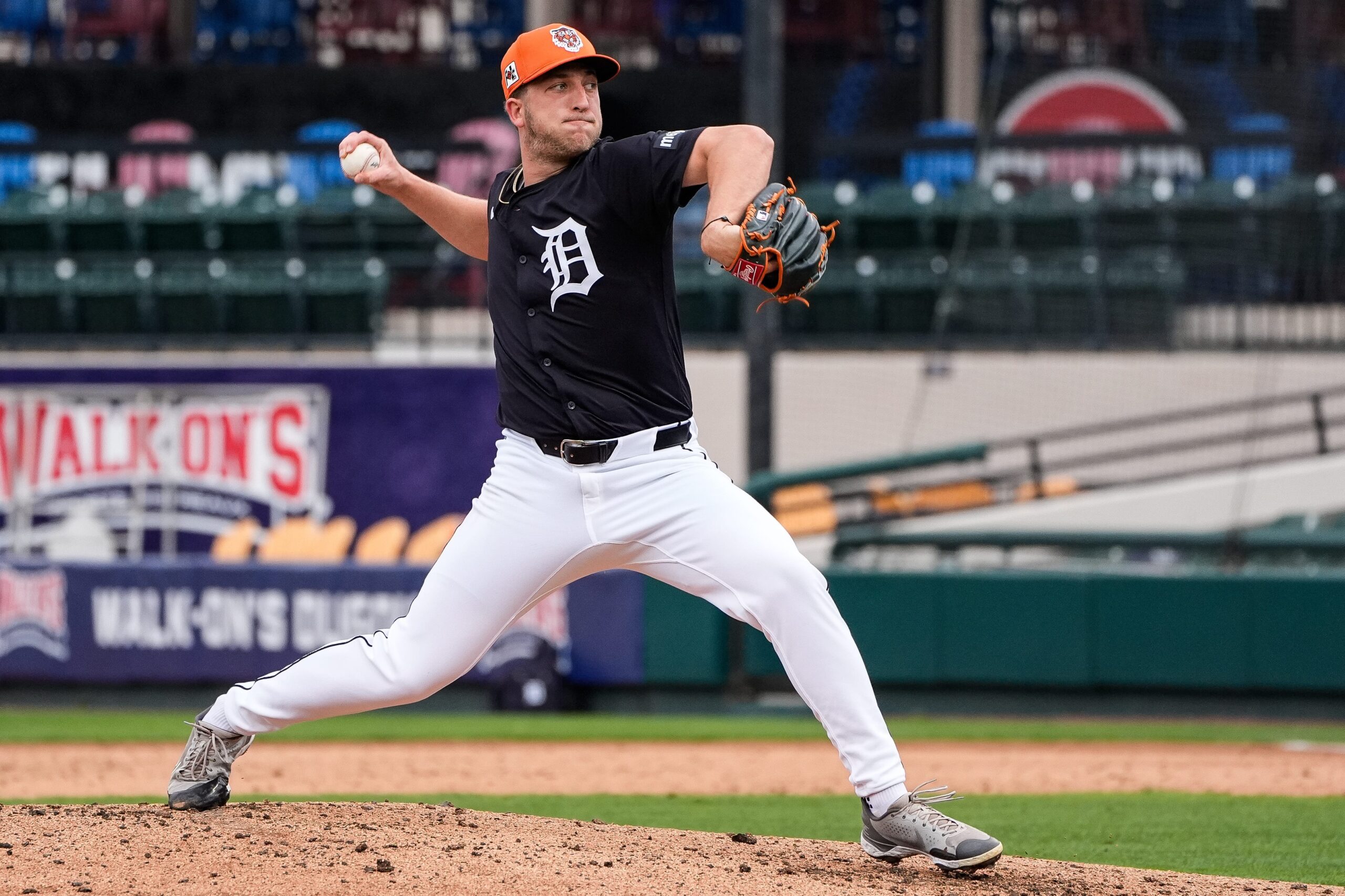
MLB’s Automated Balls and Strikes System: An In-Depth Exploration
Introduction
In its quest to modernize and streamline the game, Major League Baseball (MLB) has embarked on a series of rule changes. The latest addition to this experimental phase is the automated balls and strikes (ABS) challenge system, which debuted in 2025 spring training. This article delves into the intricate details of the system, its potential impact on the game, and its future prospects.
How the ABS System Works
The ABS system utilizes technology to automatically determine whether a pitch is a ball or a strike. When a pitch is thrown, an electronic strike zone (ESZ) is projected onto the home plate. If the pitch passes through the ESZ, it is called a strike. Conversely, if it misses the ESZ, it is called a ball.
Challenges and Gameplay
Each team is allotted two challenges per game. A challenge can be initiated by the pitcher, catcher, or the batter by tapping their head immediately after a pitch. If the challenge is successful, the team retains its two challenges. However, if the challenge is unsuccessful, the team loses a challenge.
Time Impact
Based on limited testing in Triple-A in 2024, each challenge took approximately 17 seconds to complete. The success rate of overturned calls was 51%. Even if each team utilized all four challenges, the time added to the game would be minimal, approximately two minutes.
Availability in Spring Training
The ABS system is not universally available at all spring training ballparks. In the Cactus League, it will be accessible at the five dual-team stadiums, including Camelback Ranch and Goodyear Ballpark. In the Grapefruit League, it will be available at select solo team parks, such as George M. Steinbrenner Field and Clover Park.
Potential Impact on Gameplay
While the ABS system aims to eliminate human error in ball and strike calls, its impact on the game’s strategy and execution is still uncertain. Framing, a technique used by catchers to deceive the umpire into calling a pitch a strike, will become less relevant. Pitchers may also have to refine their sequencing and location strategies to maximize the effectiveness of the ESZ.
Future of the System
The ABS system is currently undergoing evaluation in spring training. If the feedback from players and fans is positive, it could be implemented in the MLB regular season as early as 2026. However, the system may evolve further before its full-scale adoption.
Conclusion
MLB’s automated balls and strikes system represents a significant departure from the traditional method of umpiring. While the system has the potential to minimize human error and streamline the game, it also raises questions about the role of the umpire and the dynamics of the pitcher-batter matchup. The upcoming spring training games will provide valuable insights into the functionality and impact of this groundbreaking innovation.
